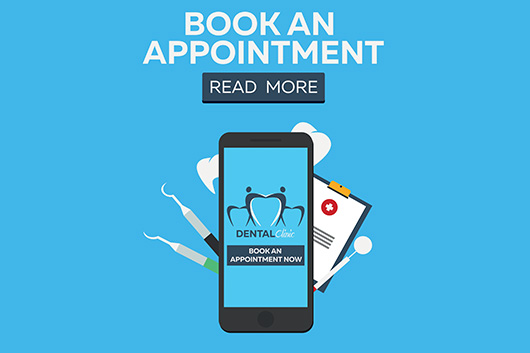10 content ideas for your medical practice blog

Blogging can benefit your practice in many ways. Not only can it drive traffic to your website but it can also convert browsers into patients and help you establish yourself as an authority in your field so people keep coming back.
In reality, though, coming up with a constant stream of quality blog ideas, week in week out, is no easy task. To help get you started, here are some content suggestions to keep the postings on your medical practice website engaging, relevant and regular.
1. Offer your opinion on the latest health news
The latest industry news can be a great starting point for new blogs – so keep your eyes peeled. However, it’s important that you don’t just reiterate stories in your own words. Use this opportunity to give your own take and view on the subject. Some online resources to look at include:
- ABC Health News – http://www.abc.net.au/health/healthnews/
- Sydney Morning Herald Health – http://www.smh.com.au/national/health
- Government Health Latest News – http://www.health.gov.au/internet/ministers/publishing.nsf/Content/dr-david-gillespie-mp-latest-news
2. Focus on your specialities
Even general health practices have specialities – from women’s health to preventative care –and your blog is a great way to showcase yours. Tell people more about your expertise, how you got into it and what the advantages are for your patients in terms of facilities and treatments. But be sure to stay impartial.
3. Tie in to national health events
The Department of Health’s Calendar of Events can be a great source of inspiration for your blogs. From World Cancer Day to Coeliac Awareness Week and National Blood Donor Week, the calendar presents an opportunity to introduce a health-related issue or illness in a pertinent and timely manner.
4. Answer common patient questions
Helpful content is read content, so use your blog to answer some of the most common queries patients throw at you. These could be health, procedure or practice related. Much like a Q&A section, this is a chance to save time spent answering questions in person and to show patients you understand their needs.
5. Announce a new service or product
Whenever you introduce a new service or product to your practice, use your blog to introduce it. Even when it’s already highlighted on your site, this is your opportunity to provide a lot more detail about what it is, why you’re providing it and the benefits it offers. But keep it factual rather than promotional.
6. Share knowledge and research
Have you been to a conference recently or read an interesting article in your favourite medical journal? Use your blog to share your learnings with your patients. In addition, search for other credible academic content using Google Scholar and then curate your findings in plain English. Ensure you include links and references.
7. Use lists to give practical advice
Blogs presented in a list format such as 10 ways to boost your immune system or The 5 best treatments for the common cold, are one of the most popular types of content consumed. Whatever your field of practice, there are so many possibilities for topics here – just make sure you tailor them to your patients.
8. Explain health insurance practicalities
Health insurance is not always a straightforward topic to patients, so use your blog to provide more in-depth information to assist their understanding. If you have patients who have relocated from overseas you could look to explain Medicare in more detail, from who is entitled to receive its benefits to how bulk billing works.
9. Create an infographic
Mixing up the format of your blogs can be a great way to keep people interested. As well as creating traditional written blogs, design and share infographics – a content type proven to boost engagement and understanding. What could you visualise? National healthcare stats; your patient satisfaction survey results; steps for a common procedure.
10. Embed quality videos
When it comes to preferred content, videos rank high on the list. Create your own by focusing on a specific service you offer or give a visual tour of your practice. Alternatively, scour YouTube to find credible health-focused films and upload them as posts. Introduce them by explaining why you think they’re useful or interesting viewing.
Final thoughts
Coming up with blog ideas doesn’t have to be difficult but it does involve some time and effort. Try to spend about 30 minutes each day if you can thinking, reading, researching and brainstorming to fill out the above suggestions and keep the momentum going.
Finally, here are some other useful resources for content ideas:
- Google Alerts – receive links to the most interesting medical-related content on the web
- BuzzSumo – discover what medical content is performing best and who is creating it
- Quora – find out what questions people are asking about illnesses and treatments
If you need help creating content for your medical practice blog, contact us today.











